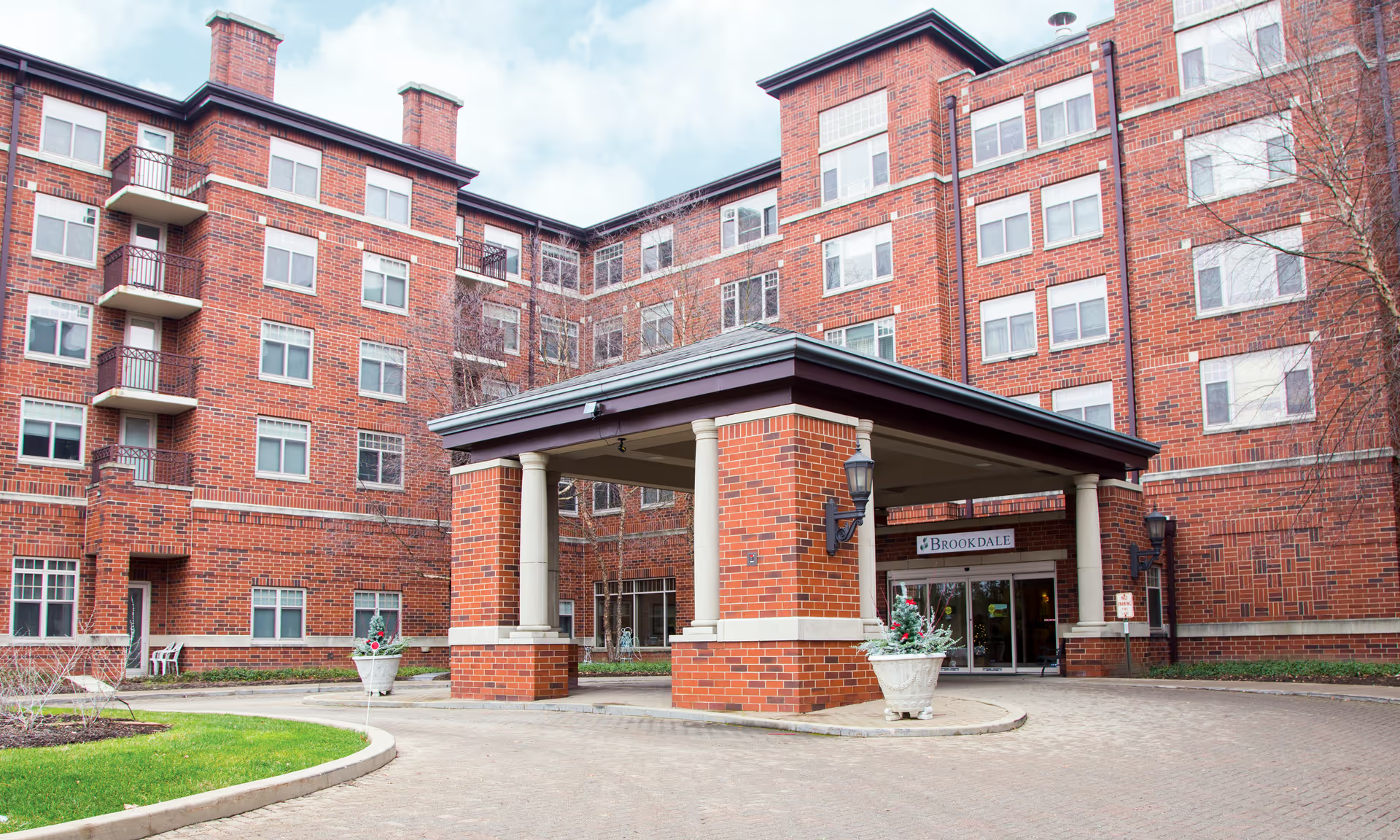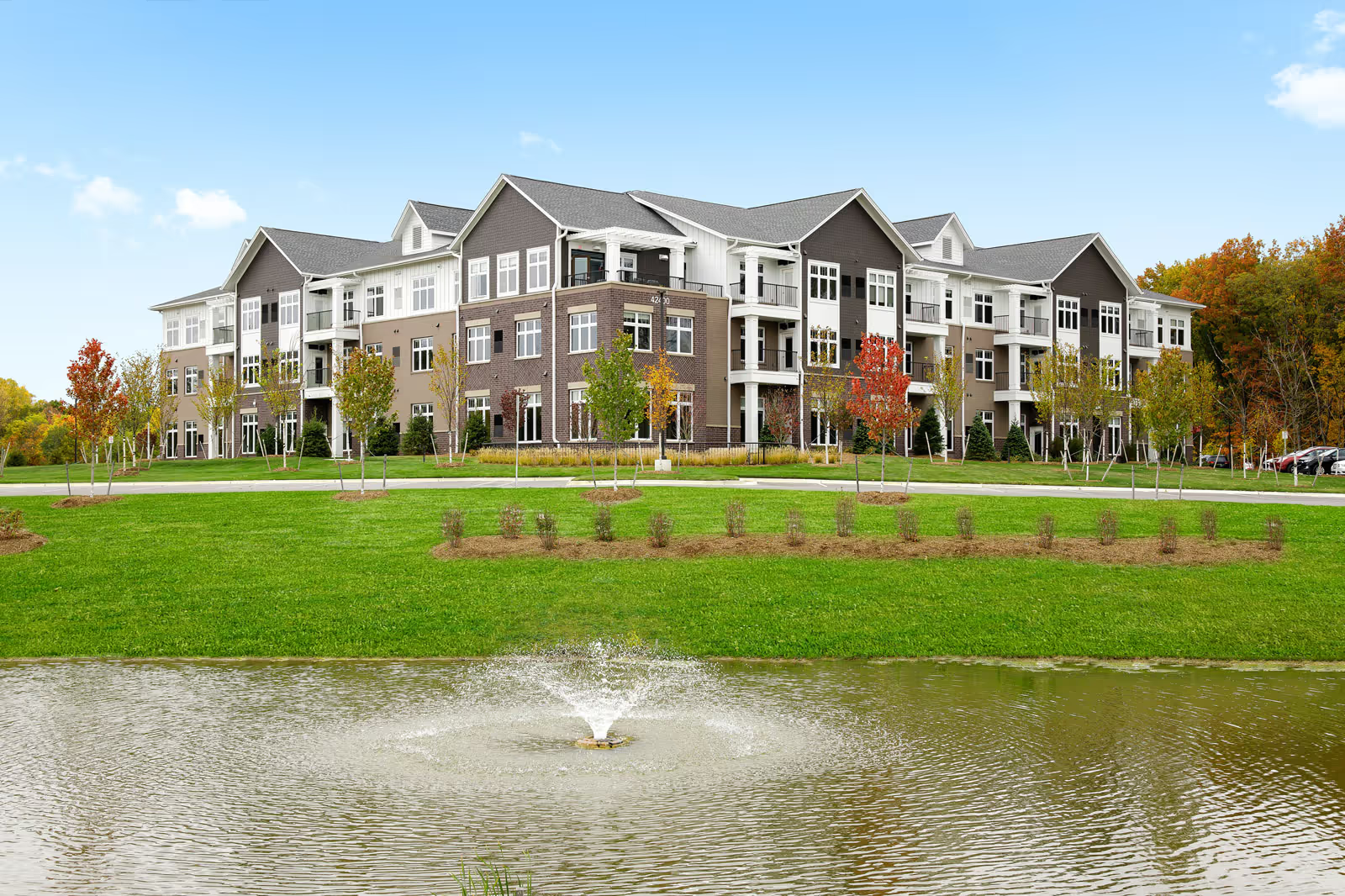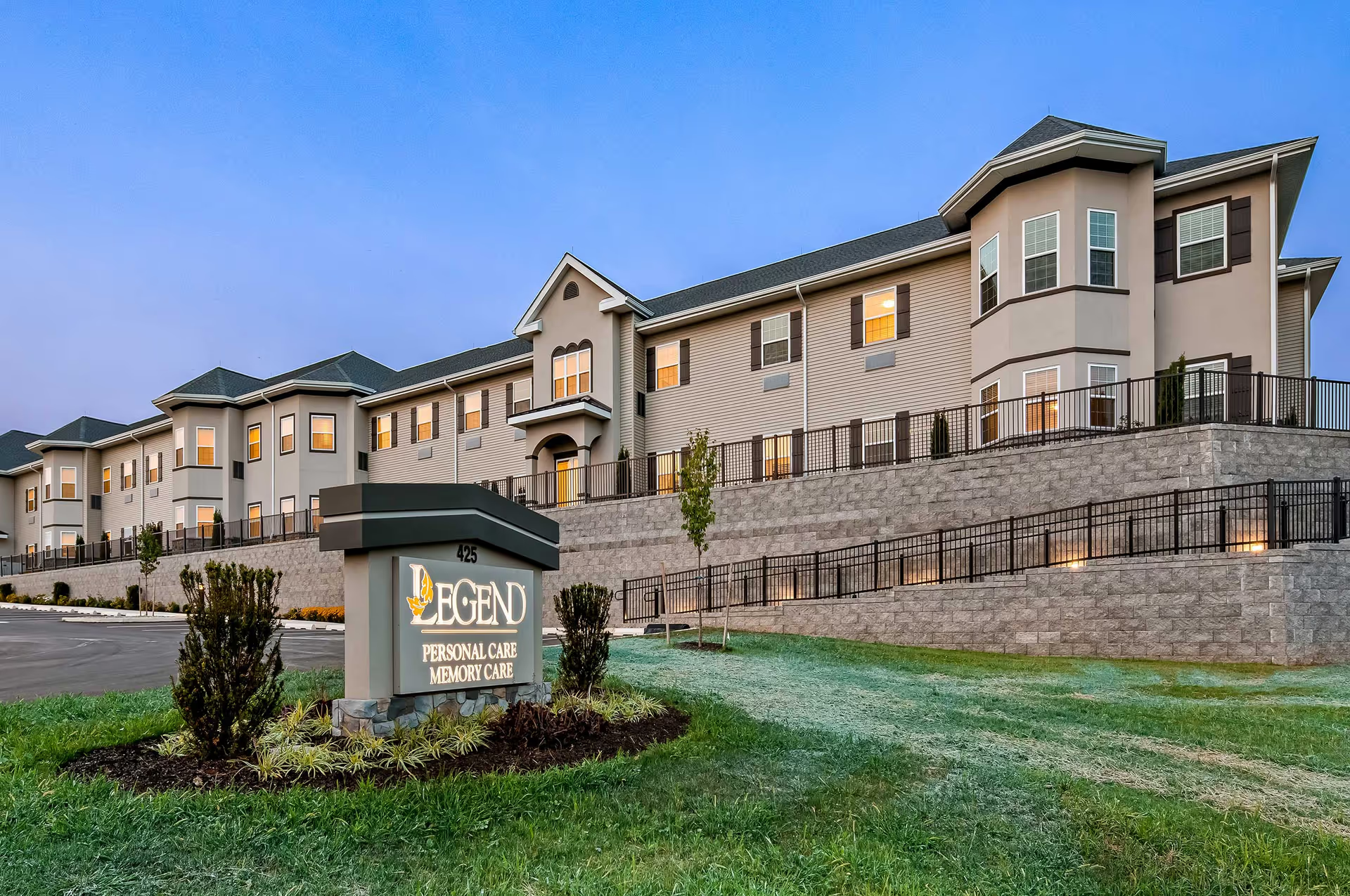Overall impression: The reviews for Riverside Valley are strongly mixed, with a clear split between families who experienced compassionate, responsive care and those who encountered serious lapses in safety, hygiene, and management. Many reviewers praise individual staff members, therapy teams, and certain managers for excellent, dignified care and strong communication. At the same time, a substantial number of reviews describe neglectful incidents, safety hazards, and administrative failures that raise red flags about consistency and oversight. Prospective residents and families should weigh these contrasting patterns carefully and investigate current conditions before making placements.
Care quality and clinical concerns: Positive accounts repeatedly highlight attentive nurses, aides, and therapists who provide personal care, emotional support, and help with therapy goals. Several reviews state that OT/PT were effective, staff expedited specialist or hospice referrals, and that staff treated residents like family. Conversely, there are multiple, specific reports of clinical neglect: bedsores, falls, wound-care lapses (wound dressings not observed), infections (finger injury/infection), deflated air mattresses, and residents left on bedpans for extended periods. Some reviews mention unsanitary observations (blood on the floor, dirty glove in bed, feces under nails) and suspected staff drug use. These serious safety and hygiene concerns appear repeatedly enough to indicate systemic risk in certain shifts or units rather than isolated anomalies.
Staffing, supervision and culture: A recurring theme is inconsistency. Many reviews single out compassionate, professional caregivers and named administrators (Thea, Cristee, Tammy) who are responsive and helpful. Social workers and some managers receive praise for coordination and follow-up. However, other reviewers describe poor RN supervision, frequent new or inexperienced staff, absent or unhelpful managers, indifferent attitudes, and a charge nurse with poor bedside manner. Complaints about ignored issues, smirking or dismissive staff responses, and poor customer service suggest variability in staff training, morale, and accountability. The presence of both highly praised employees and reports of suspected drug use or neglect points to uneven hiring, supervision, and retention practices.
Facilities, cleanliness and environment: Many reviewers describe the building as clean, home-like, and well maintained; they appreciate private phone lines, in-room TVs, and on-site hairdressers. Maintenance staff are often called friendly. Others, however, report a dreary appearance, rusty equipment, unplugged electronics, and inconsistent cleanliness. There are reports that the facility has been fined multiple times, which aligns with some reviewers’ claims of regulatory or compliance issues. The crowded-room complaints and forced roommate assignments (including situations where a roommate with severe dementia screamed frequently) raise concerns about roommate matching policies and the physical environment’s conduciveness to privacy and restful care.
Rehab, discharge planning and administration: Reviews are split on rehab efficacy. Some families praise the therapy team and rapid coordination with specialists; others say the rehab stay was nonproductive and that discharge planning was nonexistent. Several reviewers complained of room changes without notification and a lack of transparent discharge options. Administrative strengths include instances of responsive leadership and post-discharge follow-up, but recurring criticisms of billing (large fees and fines), poor discharge planning, and inconsistent customer service suggest administrative processes may be unreliable or unevenly applied.
Dining, activities and quality-of-life items: Opinions here are polarized but tend toward modest complaints: food quality is criticized by several reviewers (several calling it the "worst food"), while small service grievances (long wait for a particular beverage) were also mentioned. Positive comments about socialization, residents making friends, and staff assisting with hair and grooming indicate that some quality-of-life services function well for many residents even if dining receives mixed reviews.
Notable patterns and safety concerns: The most alarming recurring issues are safety- and hygiene-related: bedsores, falls, wound-care neglect, blood or dirty items observed, suspected staff drug use, inaccessible call buttons, and extended waits for toileting assistance. These are not merely comfort complaints — they indicate increased risk for harm, especially for more vulnerable residents. The presence of regulatory fines cited by reviewers reinforces the need for careful scrutiny.
Conclusion and recommendations: Riverside Valley shows a pronounced divide between strong, compassionate frontline staff and troubling systemic or episodic failures in supervision, safety, and administration. Many families have excellent experiences centered on caring nurses, therapists, and certain managers; others report neglect, hygiene lapses, and poor oversight. If considering this facility, visitors should: (1) tour multiple units and observe different shifts, (2) ask about staffing ratios, wound care protocols, and medication supervision, (3) request recent inspection and deficiency reports and follow up on cited fines, (4) inquire about roommate placement and privacy policies, (5) ask for examples of discharge planning and billing transparency, and (6) speak with families of current residents about consistency of care. Given the severity of some negative reports, especially those involving safety and sanitation, families with medically fragile loved ones should exercise extra caution and prioritize verification of current staffing and safety practices before admission.







